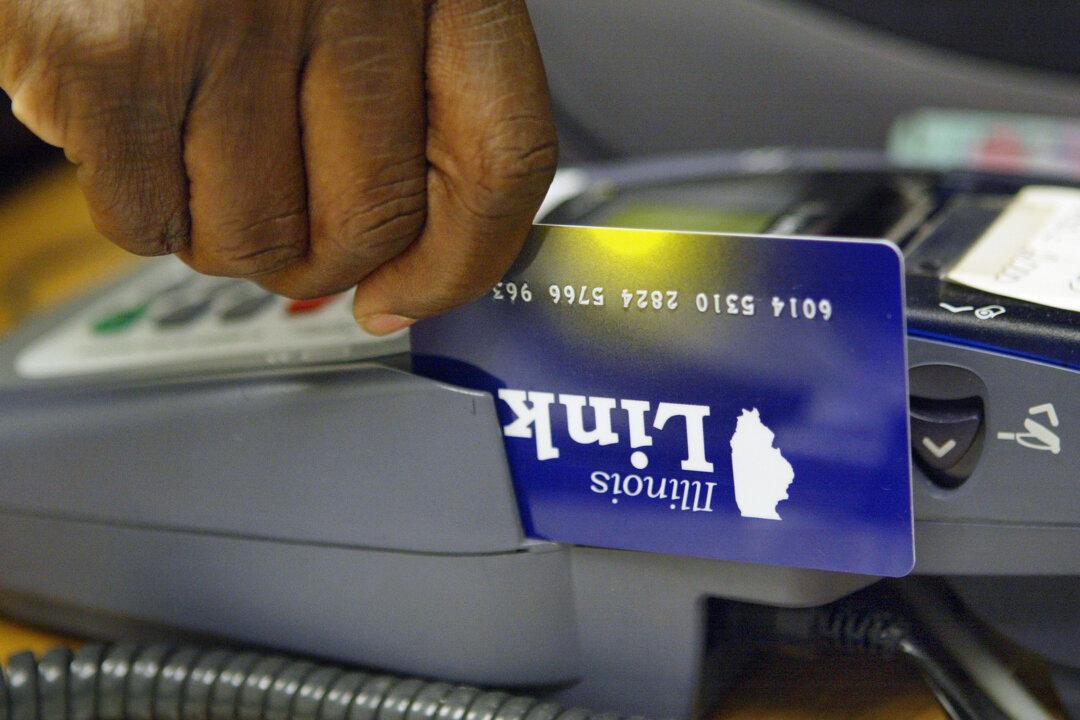Food stamps overseers report a mere 1.5 percent fraud rate in the program, but that’s flawed and deceptive, according to a report by the Government Accountability Institute (GAI).
GAI personnel interviewed about two dozen federal and state fraud investigators, and discovered that none of them believed the low figure.





